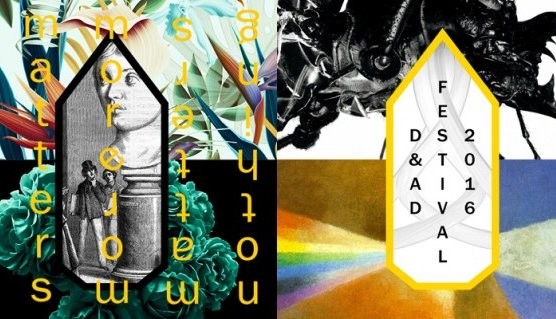
Insights from ‘D&AD Festival’ 2016
I joined an esteemed panel at this year’s D&AD Festival to take part in an open debate centred on the judging process and category entries for the Spatial & Experiential Design category.
In collaboration with LEC (Live Experience Creatives group) 2016 was the first year that experiential had featured in the categories and it was great to see it being recognised as a creative art. There were a whopping 279 entries but we just got to see the 10 that were shortlisted, and these were epic. Check them out here.
Alongside my fellow panel members, Christian Davies from ECD Fitch Americas, Hannah Carter Owens- director of Universal Design Studio and Kate Dawkins- founder of Kate Dawkins Studio, we analysed the trends that came from this year’s judging. We found that purity in execution led the way in terms of design application. Digital-less enhancement was also favoured over tech for the sake of tech. Although many of these spaces were fuelled by digital moments, those that were not defined by these and worked to showcase something more were certainly looked on favourably. The experiences that concentrated on being there, not being experienced second hand on social media, won through.
The commended experiences were those that concentrated on the feeling they gave. Those spaces that made you smile or gasp and resonated long after you had left them were what the judges were really searching for. And finally, with the judges looking for the ‘why’ in the design, the spaces that showed purpose and explored the reasons behind their creation came out on top.
With so many amazing entries showcasing totally different aspects of spatial and experiential design, it was clear that the judges had a hard job on their hands. With the Giacometti exhibition at the National Portrait Gallery up against a giant selfie stick at a festival, the breadth of this category was huge.
The judges have recommended that experiential is applied to many more of the other categories, so that entries can be judged per discipline/environment in the future. This is an exciting step forward for experiential and it’s brilliant to see it now being recognised as a creative art on the D&AD stage.
As people spend more and more time in the digital world, it’s easy to forget how immersive the physical one can actually be. It was a pleasure to be involved in this panel and remind people of the importance of creating winning spatial and experiential design. It seems the live space is now seen as a valuable and extensive canvas to express creativity, and we can’t wait to see where this takes us in the future.


Head of Experience Design | Bupa APAC
7yNice insight, thanks for sharing. I definitely agree with the immersive value of experiential and with using tech to serve the overall experience, rather than tech-first. Experience is a great way to elicit emotion and build connection.
Principal at Bergmeyer
7yIt was great having you join us Neil, and thanks for this excellent summary!
Great piece Neil.